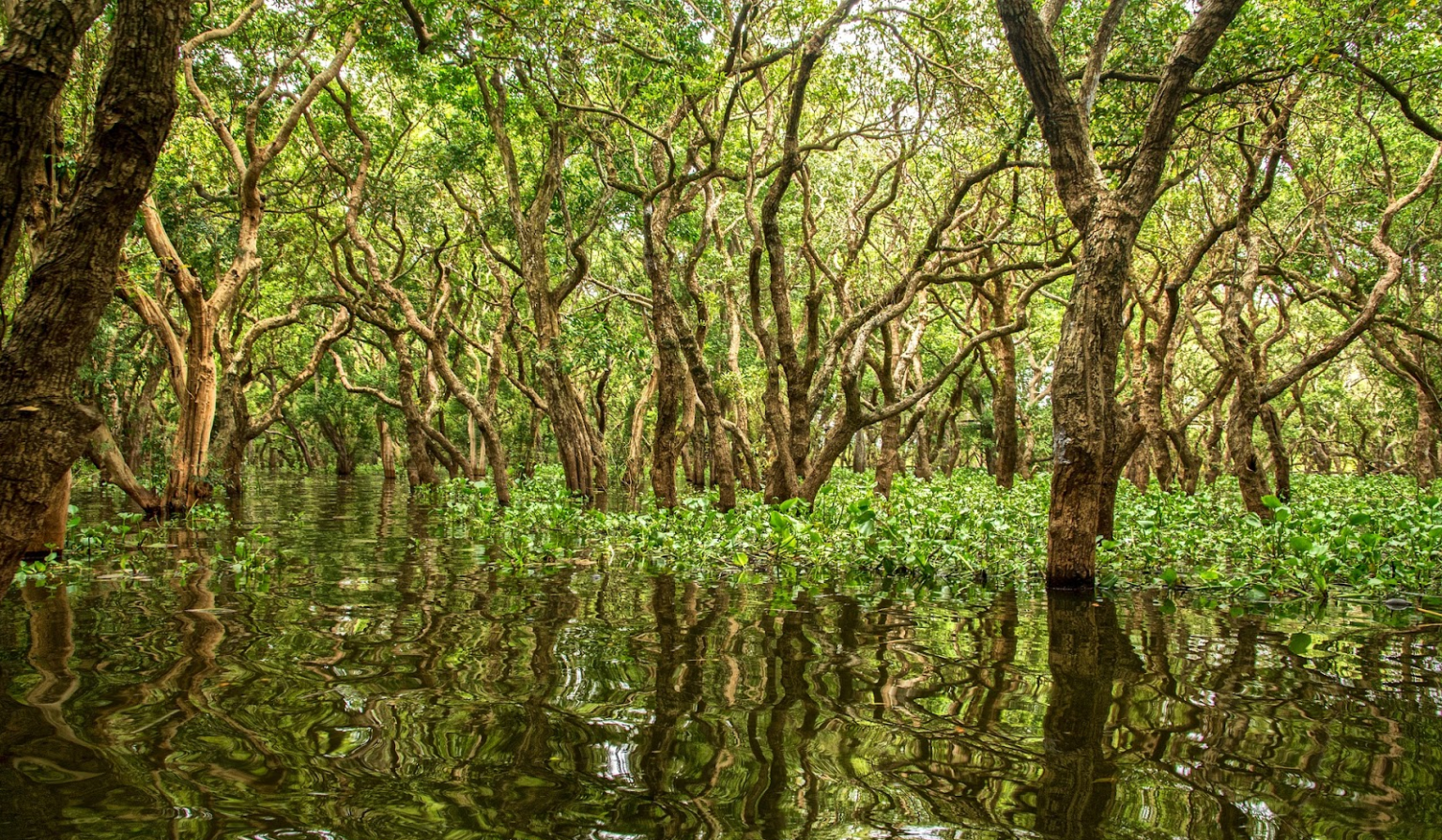In Short : The Western Reserve Land Conservancy has implemented a carbon credit program as a unique approach to conserve urban forests. By preserving trees, the program helps sequester carbon dioxide, mitigating climate change. The generated carbon credits can then be sold to companies aiming to offset their emissions. This initiative not only protects vital green spaces but also contributes to the fight against climate change by reducing carbon footprint.
In Detail : What once was 91-acres of privately-owned green space in Mentor will soon be a vast urban forest accessible to the public through the Western Reserve Land Conservancy’s carbon credit program.
The site, dubbed Whittlesey Beach Ridge Forest by the land trust, is home to more than 30 acres of wetlands, headwater streams and some of the largest sugar maple and tulip poplar trees in the state. that would otherwise be in danger of being redeveloped.
“It’s obviously a very densely populated area, east side of Cleveland, and frankly, there’s not a ton of natural resources left in the city of Mentor,” Alex Czayka, chief conservation officer with the Western Reserve Land Conservancy, said. “So, to be able to engage in a 91-acre tract of land just in general, whether that land was pristine habitat or not is a pretty unique opportunity — and it just so happens that this piece of land is very pristine.”
Trees in Whittlesey Beach Ridge Forest have removed nearly 8,800 tons of carbon from the atmosphere, Czayka said. The Western Reserve Land Conservancy is able to preserve the site through its carbon credit program that prevents the area from being deforested and developed.
The program helps to reduce carbon emissions and preserve Northeast Ohio’s urban tree canopy, but Czayka said the project also provides the surrounding community with access to green space.
“We’re trying to purify the air as best we can with all the preservation of these trees and plants,” he said. “But the social and recreational human health benefits when people can walk to these sites, the site in Mentor, literally thousands of people could walk to that property once it’s opened and recreate and birdwatch and, you know, just enjoy nature.”
The conservancy’s carbon credit program provides credits to companies who emit carbon dioxide, a natural gas that is a major contributor to climate change and global warming as a way to offset the company’s overall carbon footprint.
“One carbon credit represents one metric ton of carbon dioxide, and that’s the way that’s represented in the carbon credit work that we do is through CO2 avoided, reduced or removed,” Czayka said.
Companies that emit carbon dioxide can purchase carbon credits through the conservancy’s program that will directly fund the maintenance and preservation of urban forests. The carbon credit acts as a permit for companies that emit carbon dioxide through the production, transport or travel process.
Each carbon credit represents one metric ton of carbon reduced or removed from the atmosphere. Through the Western Reserve Land Conservancy’s program, funds used to purchase the credits support the maintenance and preservation of forests, since trees help to eliminate carbon pollution from the atmosphere
Western Reserve Land Conservancy is working with Seattle-based nonprofit City Forest Credits on the program. City Forest Credits works with organizations across the state on carbon credit programs prioritizing the preservation of urban forests — trees in urban settings.
The carbon credit program allows private funding to support the preservation of private and public land.
“In the case of the projects at Western Reserve Land Conservancy is doing, those are all following our tree preservation program or protocol,” Liz Johnston, director of City Forest Credits said. “So those are avoiding conversion, which means they are protecting trees that would otherwise be harvested … and then the land is developed for some other use.”
Preserving trees in urban areas provide environmental benefits like stormwater runoff reduction, air quality improvements and energy savings, Johnston said. But also come with co-benefits that impact social equity and public health.
“These are things like projects that represent social equity or public health, biodiversity, sort of other positive community impacts where there’s millions of people living, and so you can have so much more than just the carbon offset that you’re purchasing when you’re investing in these projects,” she said. “We like to say this is where people live, breathe, work and play.”
One carbon credit purchased by a carbon-emitting company is equal to one metric ton of carbon dioxide that will be reduced or removed from the environment through the preservation of an urban forest, Johnston said. Companies can choose to buy carbon credits for a variety of reasons beyond wanting to reduce their overall carbon footprints.
“They are … purchasing some of these credits because they have a human connection benefiting people,” she said. “Maybe it comes from their social [impact] or sort of corporate social responsibility budget, not just a carbon offset department.”
Urban forestry-focused carbon credit programs, like the one led by Western Reserve Land Conservancy, aim to address three major problems: lack of municipal funding for urban forests, inequitable distribution of trees in urban areas and loss of tree canopy in cities with cities losing more than 36 million trees each year, Johnston said.

